This Religion Called Christianity 2
Mike Ervin
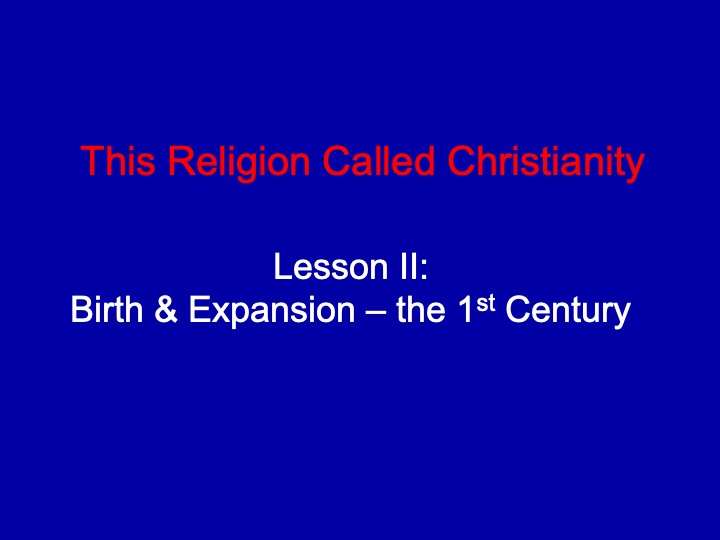
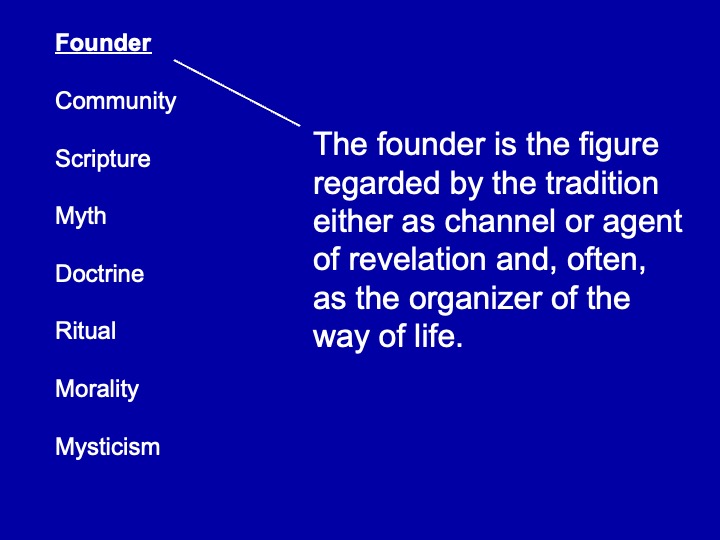
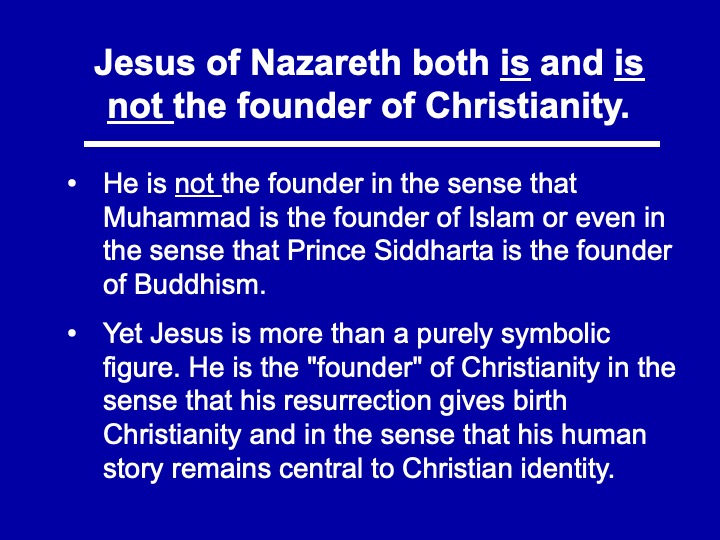
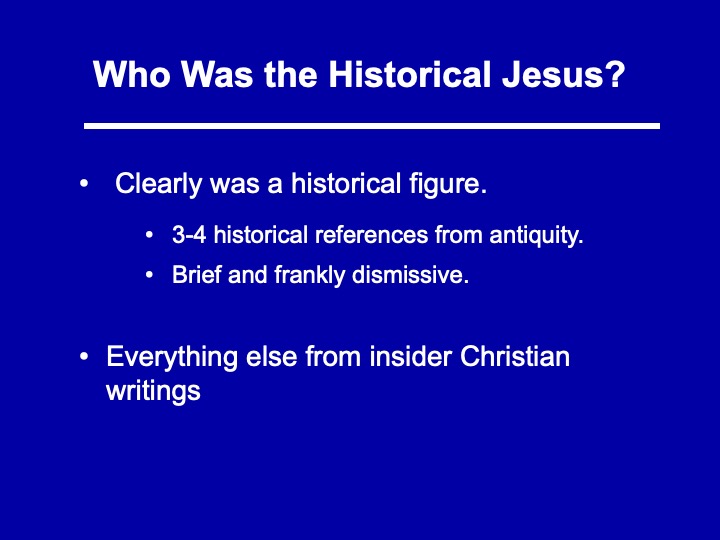
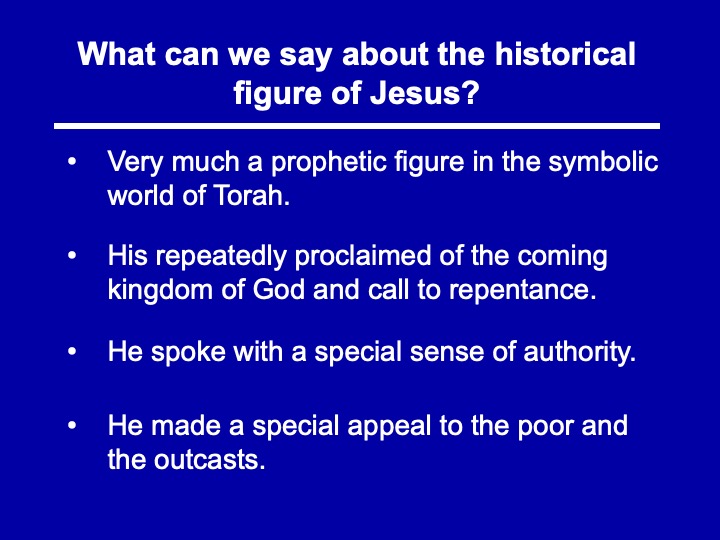
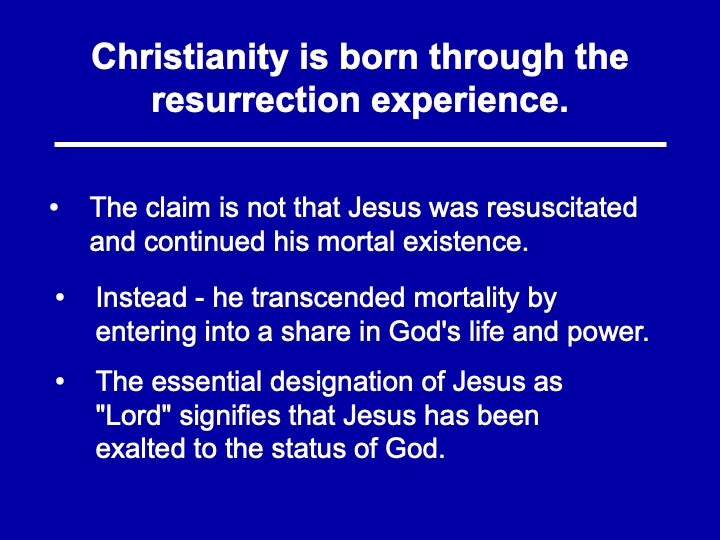


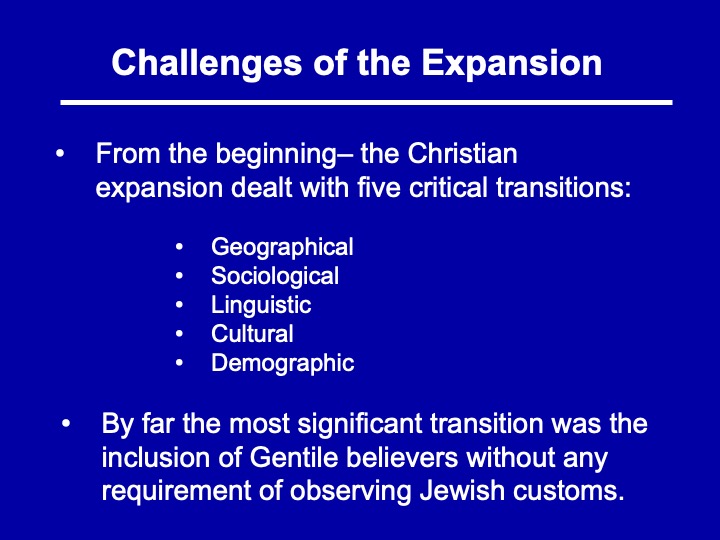
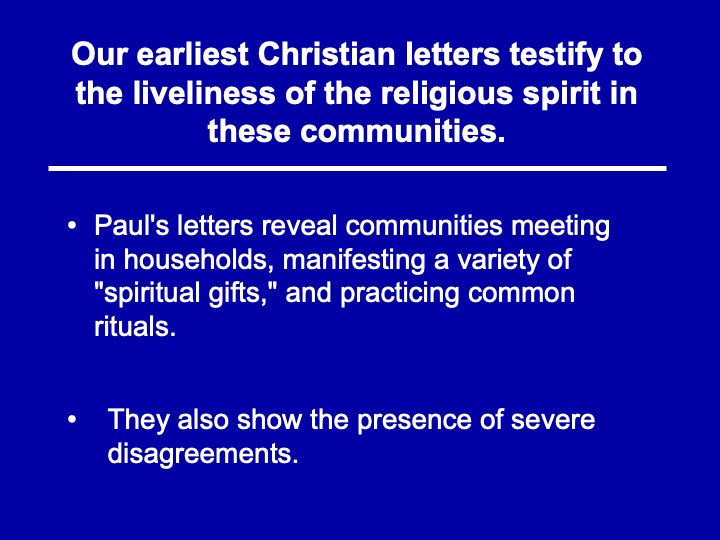
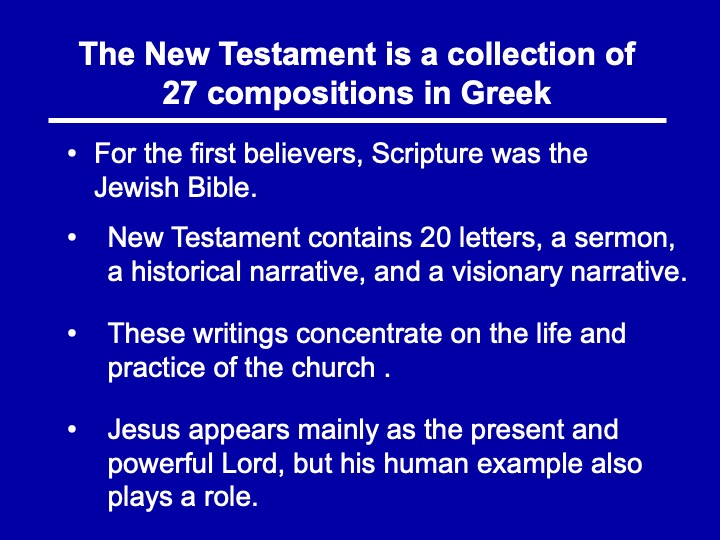
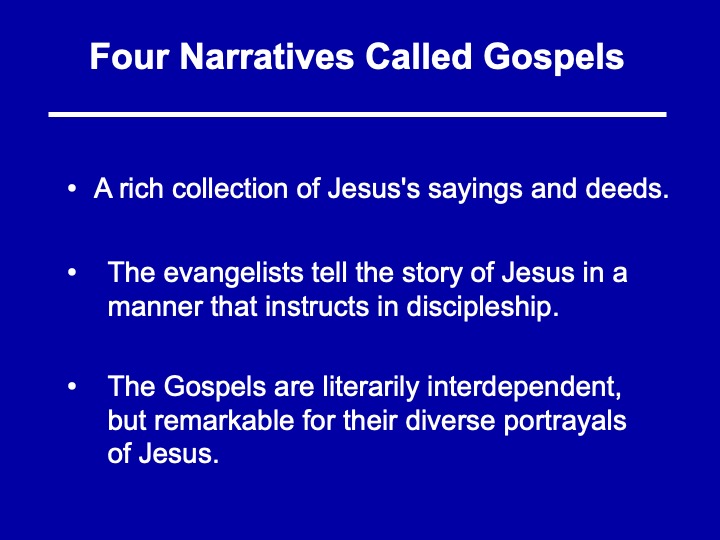
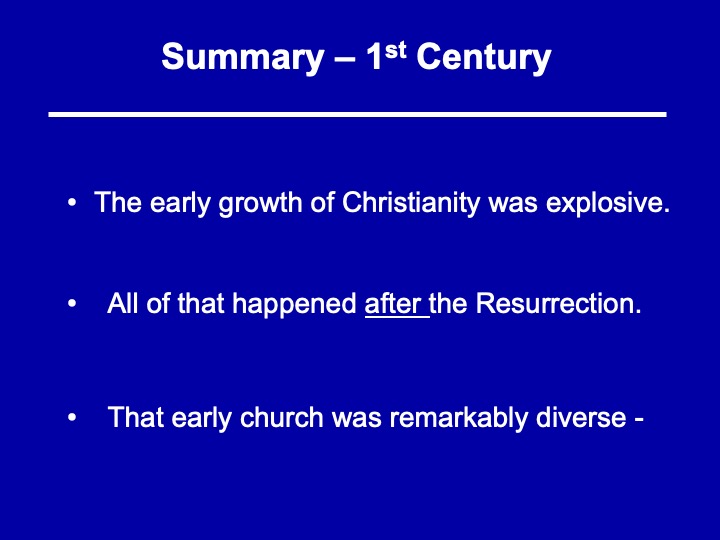
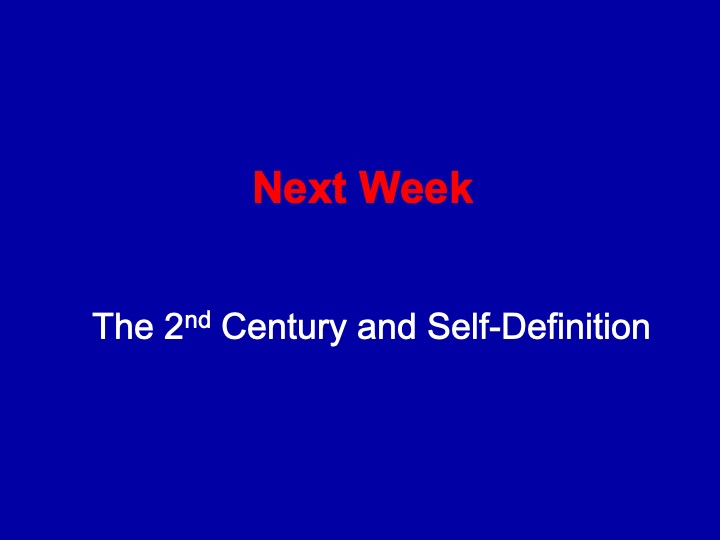
This Religion Called Christianity 2
Links
< Home Page > < This Religion Called Christianity >
Lesson II – The Text
This Religion Called Christianity
Birth and Expansion
What did we learn last week? - that Christianity began as a very small movement of an itinerant preacher in a very obscure part of the Roman Empire. That itinerant preacher has a total ministry of 1 to 3 years, gathered a very small band of followers and was then executed as a common criminal. Immediately before his execution his band of followers deserted him.
How it became the imperial religion of the Roman Empire in only 300 years is one of the most interesting stories in human history.
Scope: How did a small sect within 15t-century Judaism become a world religion? This lecture does not answer that question, but considers some of the components of an answer. First, Jesus of Nazareth both is and is not the "founder" of Christianity; the resurrection experience is the real birth of this religion. Second, Christianity's rapid and relatively uncontrolled expansion across the Roman Empire and its embrace of Gentiles have important consequences for its future developments. Third, the earliest writings of the Christian movement-which will become the New Testament are as diverse as the forms of the movement itself in its first generation. Despite their diversity, they all bear witness to and interpret the significance of Jesus as both Christ and Lord.
Outline - This Religion Called Christianity
I. Jesus of Nazareth both is and is not the founder of Christianity.
A. He is not the founder of the religion in the sense that Muhammad is the founder of Islam or even in the sense that Prince Siddharta is the founder of Buddhism: Christianity begins after Jesus's death.
B. Yet Jesus is more than a purely symbolic figure. He is the "founder" of Christianity in the sense that his resurrection from the dead gives birth to a religious movement and in the sense that his human story remains central to Christian identity.
This Religion Called Christianity
II. The historical activity of Jesus is difficult to reconstruct with precision but is best understood as a form of prophetic activity within Judaism that is marked by particular urgency and authority and whose proclamation of God's rule issues in a nascent community.
A. The difficulties of historical reconstruction are attributable to the fact that, apart from a few outsider reports, we are dependent on insider Christian writings, above all, the Gospels of Matthew, Mark, Luke, and John, whose narratives depend on an earlier oral tradition and are told from the perspective of faith in Jesus as the Son of God.
B. Despite these difficulties, we can state definite things about the historical Jesus.
1. His characteristic speech and action identify him as a prophetic figure in the symbolic world of Torah.
2. His proclamation of the rule of God and call to repentance has a special sense of urgency and a special appeal to the outcast.
3. Although the designations Son of man and Christ are problematic for his lifetime, he speaks and acts with a distinctive sense of authority.
4. His choice of 12 followers symbolizes the restoration of Israel as God's people.
C. In the context of a deeply divided 1st-century Judaism, Jesus met conflict with Jewish leaders and was executed by crucifixion under Roman authority.
This Religion Called Christianity
III. Christianity is born as a religion centered on the revelation of God in Jesus Christ through the resurrection experience.
A. The proper understanding of the Resurrection is critical to grasping Christianity's claims.
1. The claim is not that Jesus was resuscitated and continued his mortal existence but that he transcended mortality by entering into a share in God's life and power.
2. The essential designation of Jesus as "Lord" signifies that Jesus has been exalted to the status of God and has become "Life-Giving Spirit" (1 Cor 15 :45).
3. The Resurrection is not historical but eschatological, a "new creation" that transforms humans through a new power of life.
B. The Resurrection is the basis for other fundamental convictions concerning Jesus.
1. The Resurrection reveals what Jesus was already in his mortal life, namely, God's unique Son.
2. The Resurrection is the premise for the expectation that Jesus will come again as judge of the world.
3. The Resurrection makes Jesus not simply a Jewish messiah (in fact, he fails at that) but establishes him as "a new Adam," the start of a new humanity.
4. The Resurrection is the basis for Christianity becoming a worldwide religion rather than a sect within Judaism.
This Religion Called Christianity
IV. The Christian movement established communities across the Roman Empire with unparalleled rapidity, and the conditions of its expansion meant that it was diverse from the beginning.
A. In the span of 25 years, churches (ekklesiai) had been founded from Jerusalem to Rome.
1. The expansion testifies to the power of religious experience, because it was accompanied by persecution and lacked central controls.
2. From the beginning, Christians managed five critical transitions: geographical, sociological, linguistic, cultural, and demographic. The movement was powerful but diverse.
3. By far the most significant transition was the inclusion of Gentile believers without any requirement of observing Jewish customs.
B. Our earliest Christian letters testify to the liveliness of the religious spirit in these communities and to their problems as well.
1. Paul's letters (for example, I Cor) reveal communities meeting in households, manifesting a variety of "spiritual gifts," and practicing common rituals.
2. They also show the presence of severe disagreements concerning the proper way to translate the powerful experience of the Resurrection into consistent patterns of behavior.
This Religion Called Christianity
V. The New Testament is a collection of 27 compositions in Greek that were written before the end of the 15t century in response to the needs of early communities.
A. For the first believers, Scripture was the Jewish Bible, and each writing in the New Testament represents a reinterpretation of the Jewish Scripture in light of the experience of a crucified and raised messiah.
B. The New Testament contains 13 letters attributed to Paul (the Apostle to the Gentiles), 2 to Peter, 3 to John, I each to James and Jude, and an anonymous sermon addressed "to the Hebrews," as well as a historical narrative concerning the first generation (the Acts of the Apostles) and a visionary composition called the Book of Revelation.
1. These writings concentrate on the life and practice of the church and reveal the complexity and energy ofthe movement.
2. In them, Jesus appears mainly as the present and powerful Lord, but his human example also plays a role.
C. The New Testament also contains 4 narratives called Gospels that are attributed (in probably chronological sequence) to Mark, Matthew, Luke, and John.
1. These narratives provide a rich collection of Jesus's sayings and deeds as remembered by a community that now believed in him as Lord of creation.
2. The evangelists tell and retell the story of Jesus in a manner that instructs the church in discipleship.
3. Although they use shared traditions and although Matthew, Mark, and Luke (the synoptic Gospels) are literarily interdependent, the Gospels are remarkable for their diverse portrayals of Jesus.
4. Equally remarkable, although written from the perspective of faith, they render the human Jesus as a 1st-century Jew with remarkable accuracy.